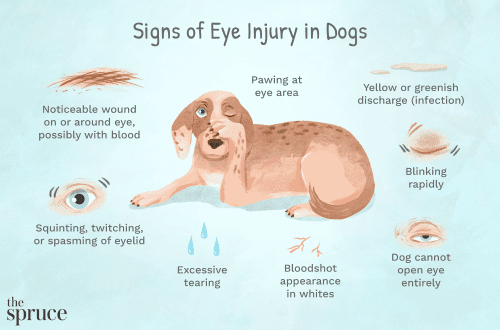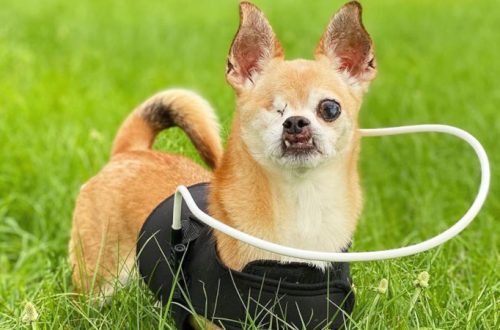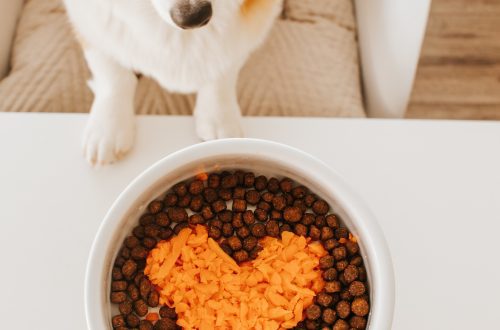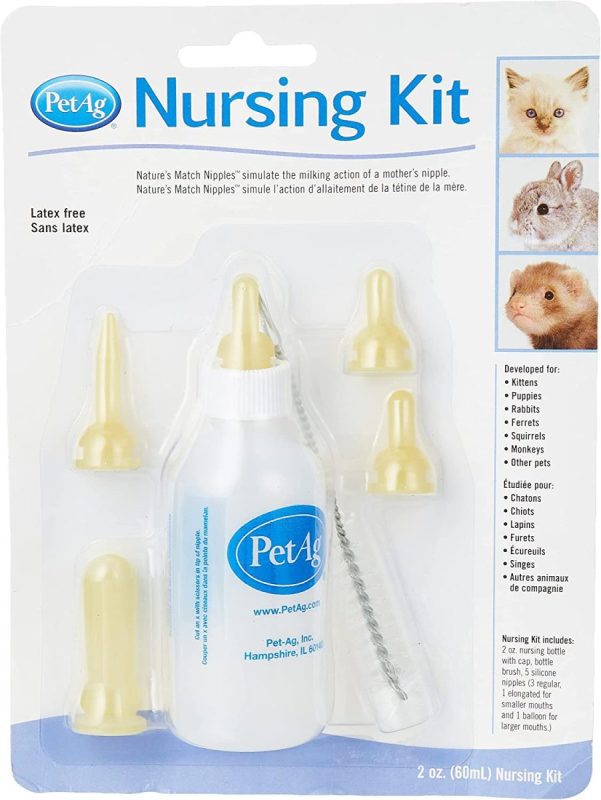
Bwydo cathod bach a chŵn bach yn artiffisial
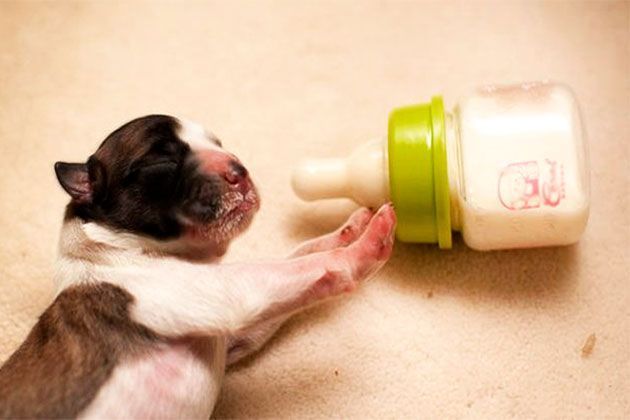
How to feed and care for very tiny puppies or kittens if they are left without a mother or she does not have milk? In this article, we will tell you how to help such babies grow up healthy!
There is nothing better than mother’s milk. Probably everyone knows about it. But sometimes there are situations when it is not possible to feed puppies and kittens with mother’s milk:
- refusal of a cat or female from offspring;
- mother’s death during childbirth. In the modern world, thanks to caesarean section, this happens less and less;
- purulent mastitis. In this case, babies cannot be fed with mother’s milk; in cases of lactostasis or other forms of mastitis, feeding is not contraindicated;
- forced use of drugs incompatible with lactation;
- lack of milk, if numerous litters;
- true agalactia is the complete absence of milk.
other causes are less common.
Cynnwys
What can replace milk?
We all remember how a grandmother in the village gave milk to a cat in a saucer. Yes, and cartoons do not let you forget about it. However, this is not true. Cow’s milk is not as healthy for puppies and kittens, and moreover, due to lactose deficiency, it can not be digested and cause diarrhea. Also, the milk of a bitch and a cat is about 2 times fatter than cow’s. How then to be? It is best to find a lactating cat or bitch who will accept the baby for feeding. Sometimes it happens that a dog can accept kittens, and on the contrary, a cat will take care of the puppies and raise other people’s babies along with their own. But even if she does not feed them, the kids will be warmed and washed. By the way, an animal and a male can show love and care for babies, and also warm and care. If this did not work out, the most convenient and useful will be a commercial milk replacer, for example, for kittens – Royal Canin Babyket Milk, Beaphar Kitty Milk, Beaphar Lactol Kitty Milk, and for puppies – Royal Canin BabyDog Milk, Beaphar Puppy Milk and Beaphar Lactol Puppy Milk . They are not as perfect as mother’s milk, but balanced in terms of nutrients, which is very important for a growing body.
How to feed newborn puppies and kittens
The principle is the same as in infant formula. The powder is diluted with water according to the instructions. The finished mixture is best stored for no more than 24 hours in the refrigerator. When feeding, the temperature of the solution should be about 38 degrees. Kittens and very small puppies can be fed with a syringe without a needle or pipette, or you can find a bottle and nipple of a suitable size in a veterinary pharmacy. For larger babies, you can use baby bottles or special ones for animals, including bottles with multiple nipples if there are several cubs. Pay attention to the number and size of the holes in the nipple so that the milk does not flow too easily, otherwise the puppy or kitten may choke. The bottle should be held at approximately a 45 degree angle. You can move the pacifier across your lips or lightly insert it into your mouth so that the baby has a sucking reflex. Newborns need to be fed every 2 hours, the amount of milk may vary due to the size of the animal. You can focus on such parameters: the stomach is noticeably rounded, the baby stops actively sucking milk, spits out the pacifier, falls asleep – it means he is full. From about the age of 10 days, the number of feedings can be gradually reduced so that by the age of one month there are 5-6 meals per day.
When to introduce complementary foods and how it should be
The first complementary foods can be tried from 3 weeks. Or use natural meat, vegetables, cereals ground into a liquid porridge with a blender. If puppies and kittens do not perceive complementary foods, then you can help a little by moving the bowl, let them smell the food, put a little in their mouths to taste it. But don’t force feed. Lure should also be warm 37-39 degrees. You can also offer canned food for very young puppies and kittens – Royal Canin Starter Mousse, Hill’s Science Plan Kitten 1st Nutrition Mousse, Royal Canin Baby Mousse. From 4-6 weeks you can already introduce wet and dry food for puppies and kittens. First, it is also better to dilute them with water, soak them. Rations should be used premium, super-premium class, designed specifically for such babies – Landor for puppies, Royal Canin Medium Starter, Royal Canin Mini Starter, for kittens – Royal Canin Babyket & Mather, Brit Care Crazy Kitten.
Caring for newborn kittens and puppies
Feeding alone is not enough to raise strong and healthy puppies and kittens. Especially in the first days of life of kittens and puppies, it is necessary to monitor the temperature in the room where they live. Should be warm. Build a playpen for them so that they do not crawl far. You can lay electric heating pads on the bottom or place ordinary water heaters, but make sure that they are always warm. Do not overdo it, so as not to cause a burn, put a blanket on top of the heating pad. Have you noticed that mom often licks babies? She does this not because of excessive hygiene. Licking, it stimulates intestinal motility, defecation, urination. Lightly massage the tummy with a damp warm cloth or cotton pad, imitating the mother’s tongue. If the baby is dirty in feces or food, wipe it with wet wipes or a cloth, do not wet it too much so as not to overcool. Here are the basic principles of feeding and caring for babies left without mother’s milk and care.



